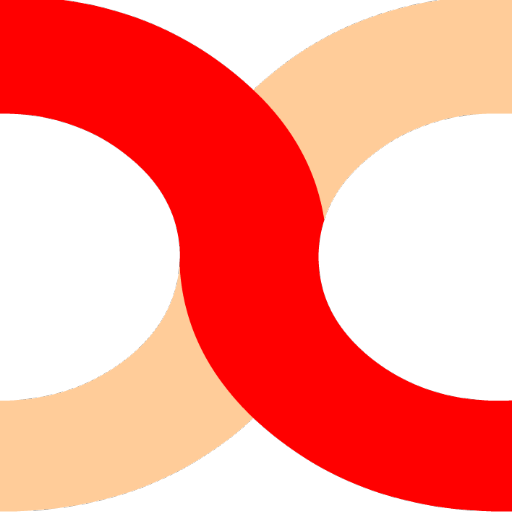call: Digimag Journal 79 | E-Waste And The Art Of Scraping
Deadline: 15 August 2018
Call for papers
Digimag Journal 79 | E-Waste And The Art Of Scraping | Call For Papers
DIGIMAG JOURNAL 79 – SUMMER ISSUE
“E-WASTE AND THE ART OF SCRAPING”
Many are the environmental issues we are currently facing, and some of them are directly linked to the overproduction of electronic and technological devices. Recent technological developments have undoubtedly produced an excessive amount of electronic waste (e-waste), due to the planned material obsolescence in the IT industry. This generates an exponential growing of e-waste with related implications in terms of management of discarded materials, recycling resources and impact on environment as well as human health.
The United Nations Environment Program (UNEP, 2015) classified e-waste into six different categories: temperature exchange equipment, screens, lamps, large equipment, small equipment, and small information and telecommunication devices. In short, almost any item with circuitry, electrical components, with power or battery supply, can be a potential source of e-waste.
Electronic and plastic materials of different nature and origin, have been the object of artistic practices since at least 15 years. The idea of considering electronic waste not as an obsolescent and worthless material, but rather as a potential creative element, is being discussed in the contemporary artistic debate.
In this regards, the research of Benjamin Gaulon and the project Recyclism are particularly interesting, as well as all the collaborative practices at the intersection between hacking and the DIY production. They all focus on the phenomena of planned obsolescence produced by ICT companies and consumers and on the dynamics of desire towards technological devices (including property, privacy and non-sharing issues).
What has been questioned here are the expressive possibilities offered by the creative practices of recycling and its possible appli cations in different productive fields (art of course, but also product & fashion design, architecture, object-data integration practices in the IOT, augmented realities). Unexpected developments are therefore expected in the next few years around the idea of obsolescence and memory (both hardware and software).
So a call for urgent e-waste plan is demanded and many subjects can be potentially involved. Consequently, several questions are arising:
– What is the role of artists and designers in this context?
– Which innovative strategies and solutions the tech industry could provide
– What is the current approach to this issue within the artistically and academic sector?
– What are the ethics of e-waste management?
– How art and design can make the practices of electronic pollution more visible and manifest, in order to move people and governments toward concrete actions?
The publication is curated by:
Marco Mancuso and S ilvia Bertolotti
To answer to the call and join the publication, please write at:
journal@digicult.it
Guidelines and details:
http://digicult.it/it/art/digimag-79-call-for-papers-e-waste-and-the-art-of-scraping/

